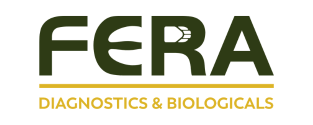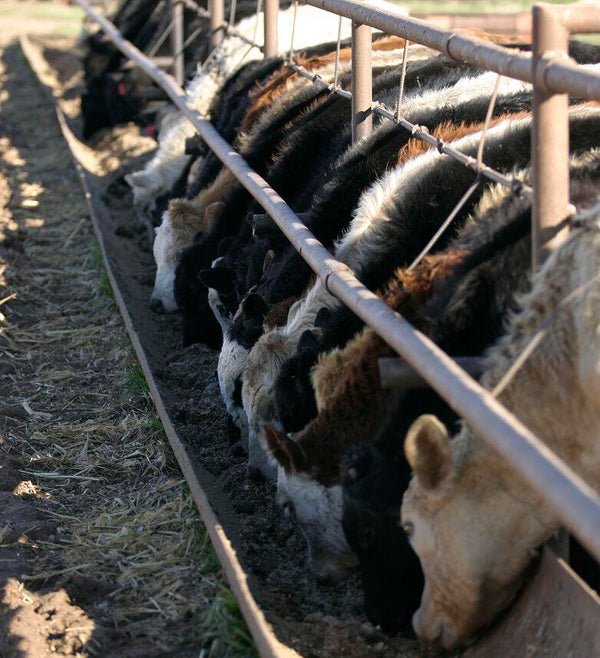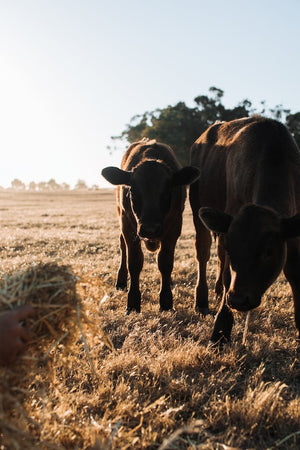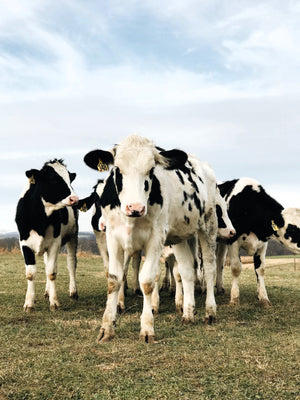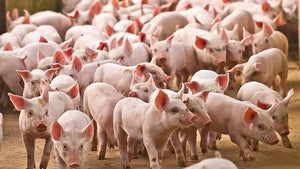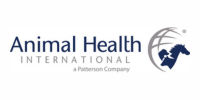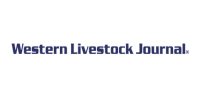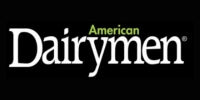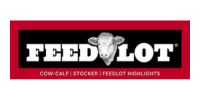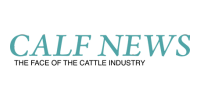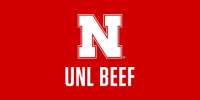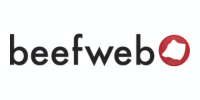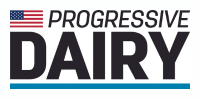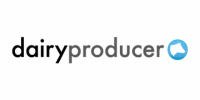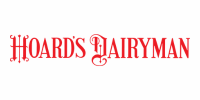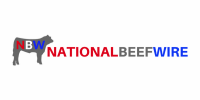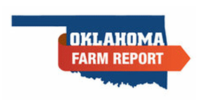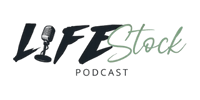Reducing Cattle Stress On Arrival with FerAppease
Mar 29, 2024
Stress management at the feed yard and in the preconditioning phase involves comprehensive management strategies. As new products hit the market promising miracles in stress management, having multiple tools and strategies in place is critical for comprehensive stress management in the feed yard.
One of the more stressful periods in the cycle of beef cattle, the preconditioning and feed yard environment contains a number of stressors for cattle they may not have experienced on the ranch. The very act of transporting cattle from the ranch to the yard can be a highly stressful event. Justin W. Waggoner, Ph.D., P.A.S. is a professor and extension beef cattle specialist at Kansas State University. Waggoner notes though every yard has a different protocol, the environment handlers provide is crucial to minimizing stress on calves.
“When we talk about receiving calves this time of year where the conditions are wet and cold, we want to make sure they have a dry place to lie down. That is going to be one of the first things they are looking for when they arrive.”
Regardless of where they came from initially and how long they spent on the truck, Waggoner notes getting cattle on feed as soon as possible is critical. Depending on the length of transportation and origin, managers may use different diets and management protocols to acclimate cattle.
“We get some instances where it may be better to delay initial processing and get them into a receiving pen to rest for a period of time before processing,” Waggoner says. “Getting them acclimated to a new environment and providing rest is one of the big management things we can do to reduce stress.”
Waggoner notes Kansas in particular has been especially cold and wet this winter posing a number of issues for feedlot operators to get cattle going in the right direction.
While a lot of these foundational management strategies may seem like common sense, the implications of not addressing stressors may worsen the situation and have long term consequences.
“Some of these cattle coming into the yard are on the truck for a number of hours. That isn’t the case for all of them, but if we don’t make a conscious effort to acclimate these cattle upon arrival, the risk of sickness and death loss inevitably increases,” he says.
Waggoner notes the short of it is, cattle who don’t eat get sick and don’t gain weight, which directly cuts into the bottom line.
“In some instances this will impact the calf for the rest of their life from their feedlot performance to their carcass quality. There are certainly downstream impacts to not setting them up for success. Some of them may bounce back but management matters and if we don’t manage appropriately from the time they arrive, there are consequences.”
As cattle producers look to decrease stress, Waggoner notes new technology should be viewed as tools in the management toolbox instead of fix-all solutions.
“As we evolve as an industry we are always evaluating management protocols, new technologies and products to address challenges and making informed decisions on whether or not to add those tools to the toolbox is critical.”
One such product that has become increasingly popular across multiple levels of the cattle sector is FerAppease. Unlike other products, FerAppease is a topical product that aids in lowering cattle’s perceived threats in their environment. By lowering their perceived threats, the product claims to reduce flight zones and lower inflammation, cortisol levels, substance-P levels, inflammation, morbidity and mortality.
The active ingredient is a synthetic analogue of the Maternal Bovine Appeasing Substance (MBAS). MBAS is a naturally occurring substance that is secreted by the skin of the mammary gland of lactating animals, reducing stress in all beef cattle treated. The product is designed to be topically administered and locally assimilated by the vomeronasal organ located in the nasal cavity.
Tiffany Cattle Company in Kansas has been utilizing this product since its early days of approval for cattle use in 2022. Across three grow yards, Tiffany has a capacity of 40,000 head, with each incoming calf receiving a dose upon arrival, according to General Manager Tanner Stucky.
“We get to feed some really great cattle and we feed some that are not so desirable, and we have seen a big difference in how easily these cattle get assimilated across the board using FerAppease.”
Tiffany began using this product as part of their initial intake protocol in addition to the usual combination of blackleg, 5-Way, injectable and oral wormers, lice treatment, and a custom vaccine built with cultures from Tiffany Cattle to ensure incoming cattle are protected from known viruses on the lot.
“We apply it across the top of their nose and over their poll upon intake. I also like to use this product when we pull sick cattle as it lowers their cortisol levels and allows antibiotics to be more effective.”
Stucky notes there is an observable difference in cattle, especially in how calm they are in their first 21 days at the yard.
“They just appear a lot healthier and they eat more. For every calf I don’t have to doctor and every minute they spend eating, that is just more money in our customers pockets. I have seen first-hand how effective this product can be.”
As producers navigate an increasingly stressful winter, having a variety of tools in the stress management toolbox is critical for success across the board.
Article Courtesy of Feed-Lot Magazine by Callie Hanson
Hanson, Callie. “Reducing Stress on Arrival.” Feed-Lot Magazine, 26 Mar. 2024
